Search the Special Collections and Archives Portal
Search Results
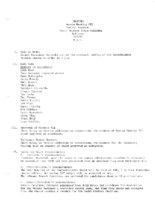
Meeting minutes for Consolidated Student Senate, University of Nevada, Las Vegas, February 02, 1982
Date
1982-02-02
Archival Collection
Description
Includes meeting agenda and minutes. CSUN Session 12 Meeting Minutes and Agendas.
Text
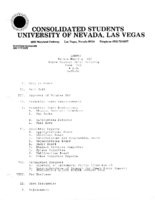
Meeting minutes for Consolidated Student Senate, University of Nevada, Las Vegas, September 22, 1981
Date
1981-09-22
Archival Collection
Description
Includes meeting agenda and minutes along with additional information about the admendments to bylaws. CSUN Session 11 Meeting Minutes and Agendas.
Text
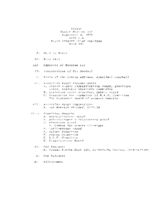
Meeting minutes for Consolidated Student Senate, University of Nevada, Las Vegas, September 4, 1979
Date
1979-09-04
Archival Collection
Description
Agenda and meeting minutes for the University of Nevada, Las Vegas Student Senate. CSUN Session 8 Meeting Minutes and Agendas.
Text
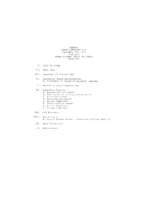
Meeting minutes for Consolidated Student Senate, University of Nevada, Las Vegas, September 25, 1979
Date
1979-09-25
Archival Collection
Description
Agenda and meeting minutes for the University of Nevada, Las Vegas Student Senate. CSUN Session 8 Meeting Minutes and Agendas.
Text
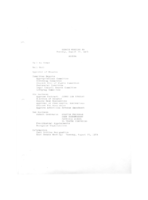
Meeting minutes for Consolidated Student Senate, University of Nevada, Las Vegas, August 20, 1974
Date
1974-08-20
Archival Collection
Description
Agenda and meeting minutes for the University of Nevada, Las Vegas Student Senate. CSUN Session 3 Meeting Minutes and Agendas.
Text
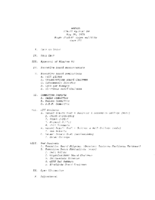
Meeting minutes for Consolidated Student Senate, University of Nevada, Las Vegas, May 29, 1979
Date
1979-05-29
Archival Collection
Description
Includes meeting agenda and minutes with additional information about the intramural sports program, a memorandum, and bylaws committee agenda.
Text
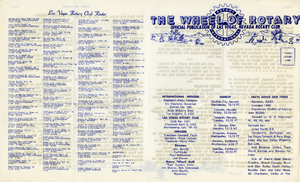
The Wheel of Rotary Las Vegas Rotary Club newsletter, February 16, 1950
Date
1950-02-16
Archival Collection
Description
Newsletter issued by the Las Vegas Rotary Club
Text

Transcript of interview with Margie Joanne Corderman by Leora Cohen, March 11, 1981
Date
1981-03-11
Archival Collection
Description
On March 11, 1981, Leora Cohen interviewed city planner, Margie Joanne Corderman (born September 30th, 1933 in Sac City, Iowa) in the kitchen of her home in Boulder City, Nevada. The interview covers the history, growth and development of Boulder City. During the interview, Margie discusses Six Companies houses, swamp coolers, pollution and Boulder City locals having to commute to Las Vegas and Henderson for work. Some of the occupations Margie has held in Clark County, Nevada, include, Clark County Deputy Assessor, engineering aid, planning technician, planning director, and engineering technician.
Text
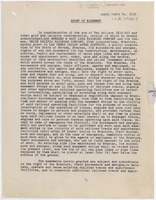
Grant of easement, Las Vegas Land and Water Company, Audit No. 5352, June 1, 1954
Date
1954-06-01
Archival Collection
Description
Granting of an easement by the Union Pacific Railroad to the Las Vegas Valley Water District for the purpose of maintaining the water supply facilities. Notarized by Louis Scholnick in Douglas County, Nebraska on June 3, 1954.
Text

Meeting minutes for Consolidated Student Senate University of Nevada, Las Vegas, August 24, 1998
Date
1998-08-24
Archival Collection
Description
Includes meeting agenda and minutes and senate bills. CSUN Session 28 Meeting Minutes and Agendas.
Text
Pagination
Refine my results
Content Type
Creator or Contributor
Subject
Archival Collection
Digital Project
Resource Type
Year
Material Type
Place
Language
Records Classification
